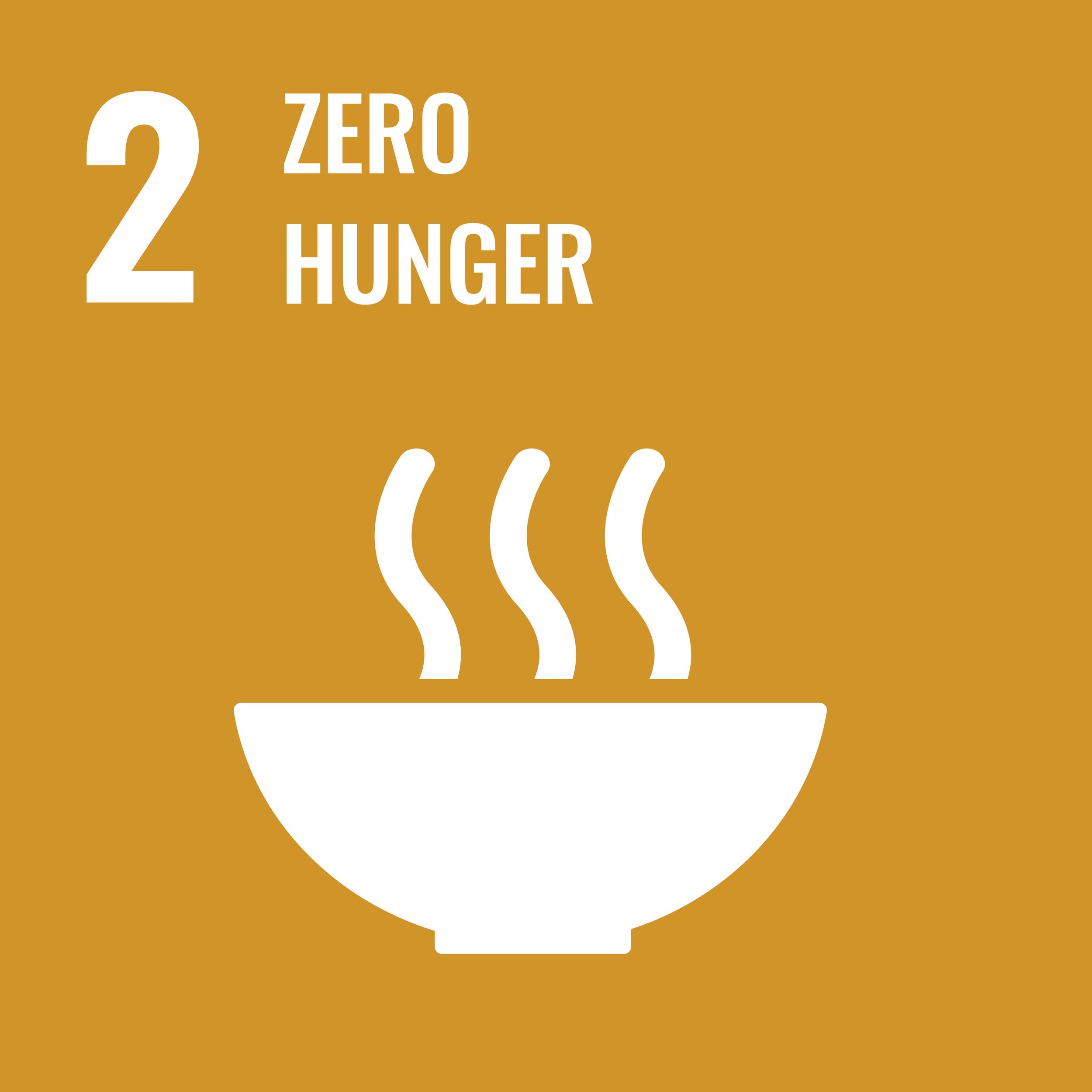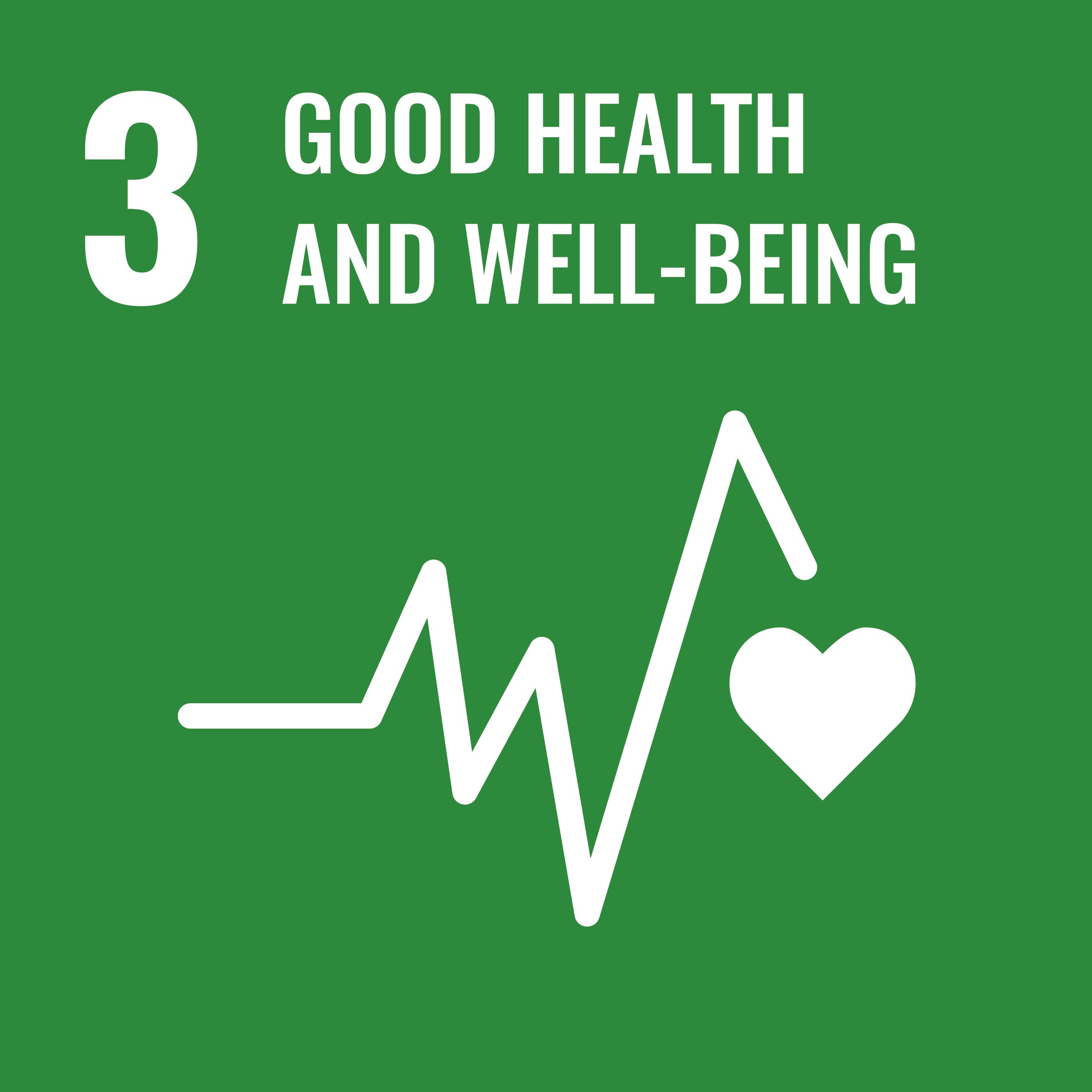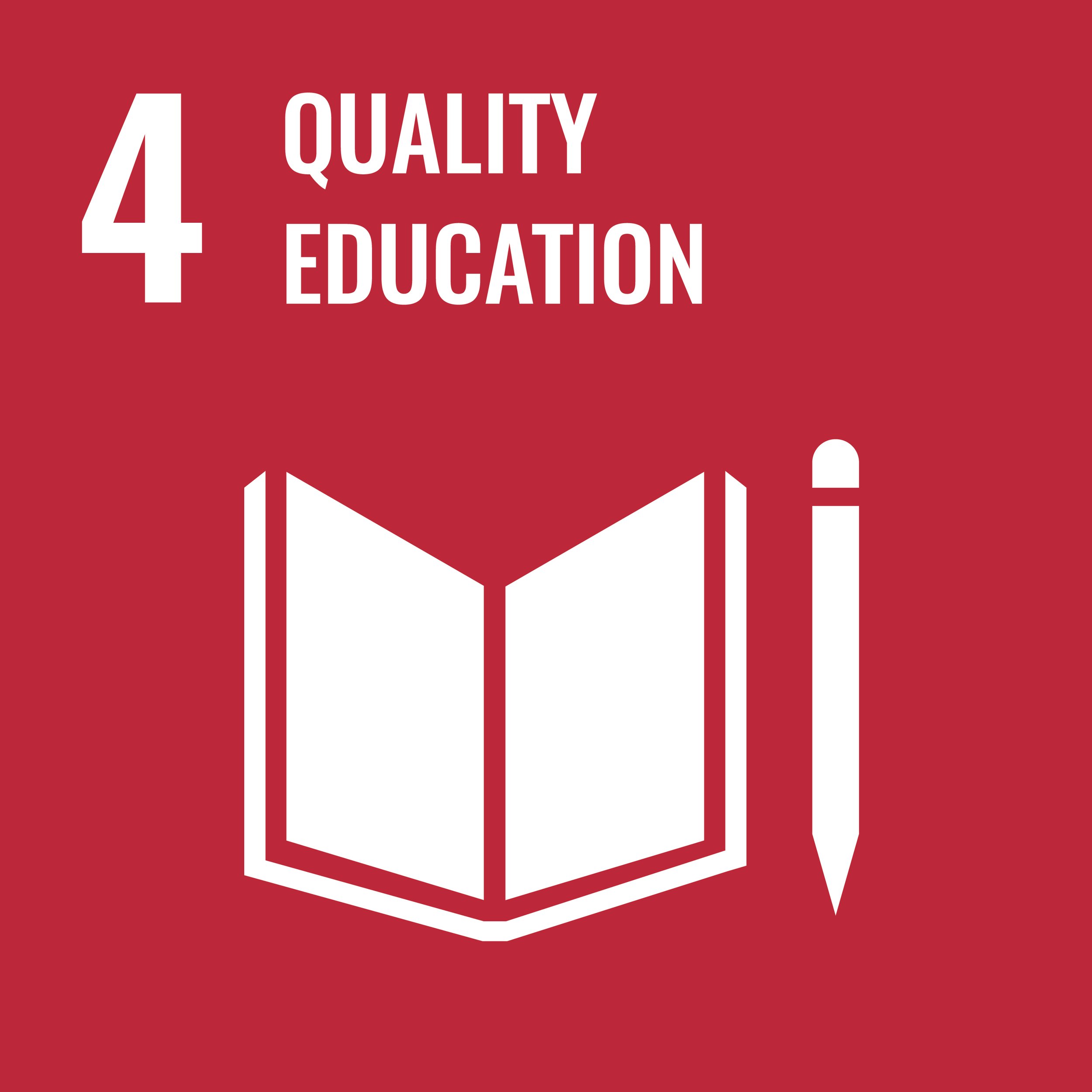Soil+ the SDGs: the answer lies beneath our feet
This story was co-produced with the CA4SH Engagement Working Group with special thanks to Frank Rasche (IITA) and Christina Ann Zola Peck (IFDC)
Globally, we are at a crossroads. The interconnectedness of global challenges – which are captured in the 17 UN Sustainable Development Goals (SDGs) for 2030 – calls for holistic solutions that not only avoid adversely impacting other areas of development, but actively address them at all scales and in all sectors.
The SDGs call for a “shared blueprint for peace and prosperity for people and the planet, now and into the future;” true sustainability necessitates holistic approaches that are beneficial at scale and across time.
The challenge here is identifying where to focus our time, money, and energy when there are several nature-based solutions on the table. One such force majeure, which is argued to address all 17 SDGs at the same time, is - you guessed it - right beneath our feet.
Caption: Representing just one of many interpretations of how soils are related with the 17 Sustainable Development Goals, this graphic from the Global Soil Partnership shows that soil’s contributions to the SDGs may be direct or indirect, but that all 17 SDGs are represented.
At first glance, soil may only be intuitively linked to a few of the SDGs like Zero Hunger (SDG2) or Life on Land (SDG15), since it is the foundation of our food systems and the land we live on. However, research from Lal et al (2021) provides a comprehensive analysis of how soil is related to all 17 SDGs, and how achieving critical SDGs by 2030 is not out of reach when grounded in soil and land restoration.
To help underscore the importance of healthy soil to achieving the SDGs, we’ve summarized the connections below and provided links for further reading. We hope that this will provide a helpful resource and starting point for advocates to communicate the central role of soil.
The World’s poor are at the frontlines of the climate crisis (SDG13) and associated land degradation (SDG15). Without healthy soils, on which to grow food and establish sustainable livelihoods (SDG8, 10), halting this cycle is extremely difficult.
Learn More:
95% of food is directly or indirectly produced on soils, but with widespread land degradation and desertification threatening global arable land (SDG15), we simply won’t have the space to grow enough food to feed our growing population.
Soil stores nutrients and supplies them to crops, providing us with healthy, nutritious food (SDG2). The effects of nutrient deficiencies (including micro-nutrients, also known as ‘hidden hunger’) result in child mortality, stunting, brain deficiencies, wasting and underweight through malnutrition, while soil bacteria and fungi are the main sources of several types of medications (especially antibiotics) and even boost mental health.
Soil and land degradation (SDG15) reduces children’s access to education by challenging the rural poor to fill the increasing demands of stressed farms. Girls are disproportionately affected by threats to education access (SGD5) as they are more likely to be pulled out of school to work on the farm than boy children.
Despite being major actors in soil and land management all over the world, women are often left behind in terms of their land rights, access to and control over resources, and benefitting from sustainable land management (SDG15).
Healthy soils filter water that flows through it and acts as a sponge to retain water (SDG14). It plays a critical role in watershed management by mitigating water borne diseases as well as organic and inorganic contaminants (SDG15). Moreover, water security is a gendered issue (SDG5) as women and girls are disproportionately responsible for water collection.
Many ‘unclean’ energy sources threaten land (SDG15) and water (SDG14) health, like oil spillage or peat burning, but clean energy can even be generated directly from soils. What’s more, the clean energy sector is driving employment and sustainable development (SDG8), especially alongside new technologies to help redirect reliance on fossil fuels.
Smallholder farmers operate on about 12% of the World’s arable land (SDG15), and are an integral part of the global food system (SDG2). More than 500 million smallholder farms across the globe are disproportionately managed by the World’s poor (SDG1), who often rely on their farms for subsistence. Due to their small size, smallholder farms are especially at risk from climate shocks, which can wipe out a family’s entire harvest and economic back-up. Healthy soil increases productivity on farms, bringing in greater income to families and increasing their livelihood opportunities beyond the farm.
Supporting land managers to transition to healthy soil management practices often includes innovation and implements. The agriculture industry alone is one of the World’s largest and most important and innovative industries. Carbon farming is an effective tool in the fight against the climate crisis (SDG13) that is an increasing industry in agriculture.
Additionally, monitoring land health (SDG15) is an exciting field of innovation and growth. Innovations from soil science also feed into biomedicine (SDG3).
Improved soil health contributes to improved productivity, food security (SDG2), health outcomes (SDG3), gender equality (SDG5), and livelihoods, which is especially important in nations where agriculture is a major contributor to the GDP (SDG8,9). Soil health is inextricably linked to food security and climate (SDG13), and the World’s rural poor (SDG1) make up a disproportionate number of land managers. Land that is managed for healthy soil and regenerative agricultural systems offers greater opportunity for gender (SDG5) and social equality.
Soil is an integral part of urban systems, especially in a changing climate. Healthy urban soil can help mitigate flooding (SDG15), reduce the urban heat island effect, store carbon (SDG13), produce safe and sustainable food (SDG2), and house important biodiversity that mitigate pathogens threatening human health (SDG3).
Soil is the foundation of responsible production, especially in terms of making the most use of available space and moving reliance from monocultures to regenerative agriculture. Healthy soil is more productive than degraded soil, thus addressing food security (SDG2) for the growing population and addressing gender-based land inequalities (SDG5). Moreover, land management practices (SDG15) that are grounded in nature-based solutions help produce agro-products that are more sound for consumers.
Soil is the World’s largest terrestrial carbon sink, and the third largest of all sinks worldwide. Soil is also the foundation of our food systems (SDG2), but it is widely degraded and vulnerable to climate shocks like flooding (SDG15). Carbon farming in agriculture can mitigate climate change.
Healthy soil filters contaminants, preventing them from entering water systems. Polluted water is inhospitable to a great deal of biodiversity, and threatens human health (SDG3). Degraded soil is also associated with runoff and erosion (SDG15), causing sedimentation in rivers - and eventually oceans - blocking light from entering and suppressing aquatic plant growth.
Healthy soil is home to two-thirds of the World’s biodiversity, and there are more organisms in a tablespoon of healthy soil than there are people on earth. Soil biodiversity is key to sustainable agriculture (SDG12), food security (SDG2) and human well-being (SDG3). It is a biological source for industrial innovation (SDG9), and environmental contaminant degradation (SDG6). Soil degradation involves the loss of biodiversity in the soil where soil is compacted, also leading to increased flooding and drought events (SDG14).
Climate refugees and migrants are people, predominantly from low-income countries of the Global South (SDG1), forced to flee their homes due to land and soil degradation (SDG15), water or food insecurity (SDG2), economic suppression, conflict, disaster, or other climate-related threats. There are already millions of climate refugees around the world, and this number will continue to increase under the climate and soil crisis (SDG13, 15). We will need strong and trusted partnerships (SDG17) and institutions, coming together as a global community, to support people who seek help and ensure that they are able to live well, wherever they land.
Soil is a unifier.
Just the existence of CA4SH and our multi-stakeholder membership of over 150 farmer organisations, NGOs, private sector partners, government organisations, and more, demonstrate that soil brings sectors and scales together towards common goals alongside individual goals.
Learn more:
Reach out to learn more about CA4SH and visit our membership page for information on how to join us in scaling soil health globally.
For more information on how soil relates with the SDGs, see:
Lal, R et al. (2021). Soils and sustainable development goals of the United Nations: An International Union of Soil Sciences perspective. Geoderma Regional, Volume 25, June 2021, e00398.
Available at: https://www.sciencedirect.com/science/article/abs/pii/S2352009421000432
Learn more about how soil is showing up in the global arena:
Secretary Blinken’s Remarks at a World Economic Forum Event: Treating Soil as a Precious Resource. 16 January 2024.
Emirates Declaration on Sustainable Agriculture, Resilient Food Systems and Climate Action. Launched 1 December 2023 at the UN Climate Conference COP28.
Several countries and regions are adopting soil policies. We are working to represent them all in our Policy Room.
Multi-stakeholder action for scaling soil health globally for food security now and in the future. 17 October 2023 at the World Food Prize Borlaug Dialogue.
At the Africa Food Systems Forum in September 2023.
Toward Healthy and Sustainable Food Systems: Agroecology, Soil and Healthy Diets. 24 July 2023 at the UN Food Systems Stocktaking Moment.
At the 58th session of the UNFCCC Subsidiary Bodies in June 2023.
Scaling healthy soil practices globally through innovative partnerships, financing and policy. 10 May 2023 at the AIM for Climate Summit.
SOIL+ SDGs is an initiative of the CA4SH Engagement Working Group
We are building a wider knowledge base to compile knowledge and evidence linking soil with the SDGs. Please submit a resource below to be added to this growing resource, and stay tuned for the web launch!
Resources can be anything relating soil health with any of the SDGs. This includes scientific literature, policy documents or decisions, op-eds, blogs, videos, and everything else! We are also interested in learning about how your organisation addresses the SDGs through soil health, so we can demonstrate this in practice.
If you have a question for the team, please contact communications@coalitionforsoilhealth.org, or fill in the form below and we will get in touch ASAP.



















